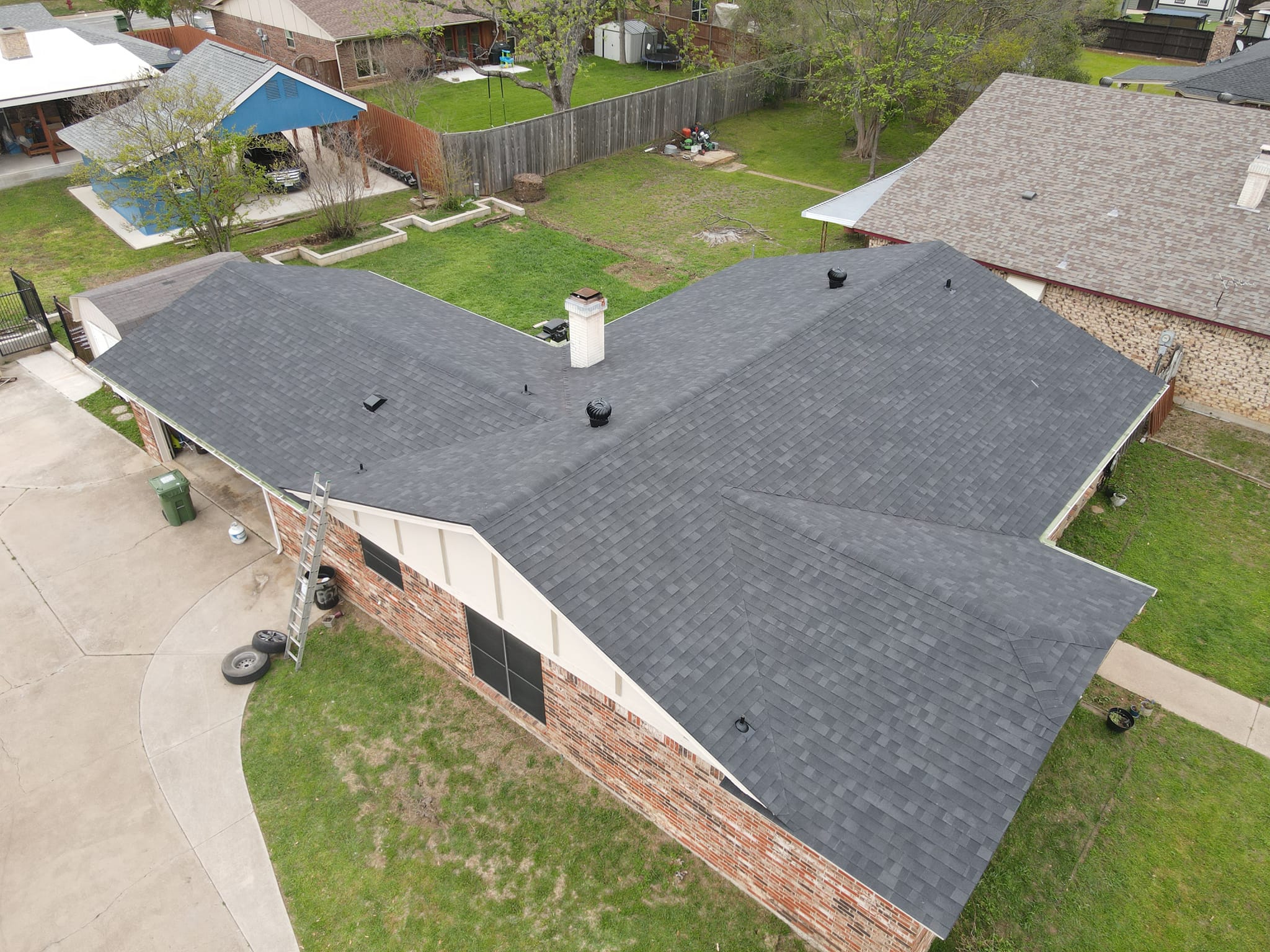
How to Choose the Perfect Roofing Material for Your Home Aug 23, 2025
First and foremost, consider the climate in which you live. Your local weather patterns play a critical role in determining the most suitable roofing material. For instance, if you live in an area prone to high winds or heavy snowfall, durability will be your top priority. In such cases, metal roofing is an excellent choice due to its strength and resilience. Metal roofs can withstand extreme weather conditions and require minimal maintenance.
Asphalt shingles are another popular choice, and for good reason. They offer an affordable and versatile option for homeowners. Available in various colors and styles, asphalt shingles can complement virtually any architectural design. Additionally, they provide effective waterproofing and are relatively easy to install. However, they may not be the best fit for regions with extreme temperature fluctuations or where fire resistance is a concern.
For those interested in eco-friendly options, consider materials like clay or slate tiles. Clay tiles are renowned for their thermal resistance and natural insulation properties, which can keep your home cooler during hot summer months. Slate roofing, on the other hand, is not only environmentally sustainable but also exceptionally durable, often lasting over a century if properly maintained. However, both options can be quite heavy, necessitating a structurally sound roof frame.
Curb appeal is another important factor when selecting a roofing material. Wooden shingles and shakes offer a classic and rustic aesthetic that can significantly enhance your home's appearance. While they require more maintenance and are less fire-resistant, there are treated options available that can help mitigate these issues. Additionally, modern synthetic roofing materials can replicate the look of traditional materials like wood and slate while offering improved performance in terms of longevity and ease of upkeep.
Energy efficiency should not be overlooked when choosing a roofing material. Some materials, such as metal and light-colored tiles, reflect more sunlight, reducing heat absorption and subsequently decreasing cooling costs during warmer months. Investing in energy-efficient roofing can have long-term benefits, including utility savings and increased comfort within your home.
Finally, consider your budget constraints. It’s essential to balance cost with expected value over time. While some roofing materials may have a higher initial cost, their longer lifespan or energy-saving capabilities may offer better overall value. Always review the longevity, warranty, and potential resale value that comes with each roofing option to ensure you are making a financially sound decision.
In conclusion, choosing the perfect roofing material involves evaluating several factors: local climate, aesthetic preferences, energy efficiency, and budget. At MBP Roofing & Exteriors, our experts are ready to assist you in this decision-making process, ensuring that you find the ideal solution that meets both your functional and stylistic needs. By taking the time to consider each of these aspects, you can enjoy peace of mind knowing your home is protected by the right roofing material for years to come.
/filters:no_upscale()/media/e23067be-bef8-49ee-b8dc-fbf859bbc82e.jpg)
/filters:no_upscale()/filters:format(webp)/media/7f4bc70e-a0b7-4b8d-bef3-84b4eaa94416.jpg)